Have you ever had a slice of good cake? Cake so good you thought, “I need to have this again, soon, right now!” Then you realized you just ate the last slice, and you couldn’t just dip into your savings to order another chunk of cake. Which left the option of making it yourself. But then you realized (again), “You didn’t know how to bake a cake.” Oops.
If you’ve ever tried to bake a cake at home – or thought of baking one – you’re not alone. I ran a recent poll that showed 87% of respondents have either baked a cake at home or intend to do one soon.

For this article, we collaborated with a veteran baker to provide an easy guide to baking a cake at home, highlighting the ingredients you need and where to get them.
Baking a Cake at Home: Recipe
“If you’ve never baked a cake before and want to try a simple recipe, banana bread is an excellent option.” Those are the words of Itunu Oyeniran, Creative Director of Cakes by Itunu. Baking banana bread doesn’t involve an expert manuevring of the creaming method associated with many other types of cakes.
And for anyone concerned that banana bread isn’t a cake, Itunu says, “Although it’s called ‘bread’ due to the loaf tin it’s baked in, banana bread is more similar to a cake in texture and taste.” This sentiment is backed by C-Cell, a platform that analyzes cake types.
Your recipe for baking a banana “cake”:
- 1½ cup flour
- I tsp baking soda
- ½ tsp salt
- 8 tbsp melted unsalted butter/margarine
- 2 eggs
- ¼ cup milk or ½ greek yogurt
- 3 ripened bananas(the big ones)
- ½cup white sugar and ½cup brown sugar (substitute the brown sugar with white if you please)
- 1 tsp Cinnamon
- I tsp vanilla extract
Note: if you’re using margarine, do away with the salt completely.
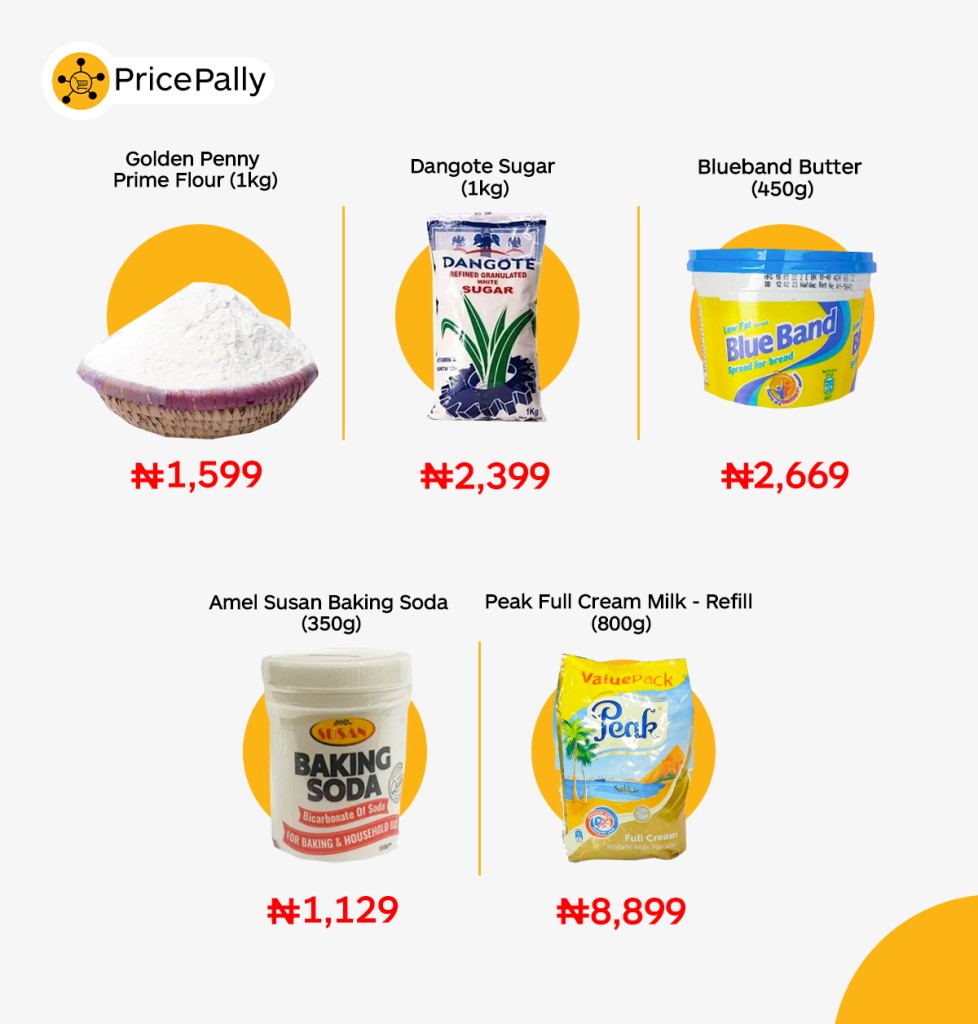
Steps to Baking a Cake at Home
Baking — of anything — is a science as much as it is an art. You have to understand how the ingredients work together, how to mix them in the right proportions, and how to manage your baking apparatus, namely oven.
Here’s a recipe from Cakes by Itunu to make your home-based banana “cake”:
- Thoroughly rinse all equipment including your knife, spatula, mixing bowls, and measuring cups and spoons.
- Mash your banana completely with a knife or a hand mixer.
- Add your brown sugar and white sugar and mix with a spatula or whisk for 1 minute.
- Add your eggs, flavor, melted margarine, or butter. Mix for about 1 minute or till the ingredients are well combined.
- Combine flour, cinnamon, salt, and baking soda in a separate bowl.
- Add to your wet ingredients in number 4 above. Do this by adding half of the flour mixture first, fold it in with a spatula or whisk; then add the second half.
Pls note: that when you’re adding flour to your wetting ingredient, you don’t turn it in vigorously, you fold it in gently, till all the flour is well incorporated.
- Line your baking pan with parchment paper or brown paper, this helps your cake come out clean after baking
- Pour your batter into the pan. Ensure that your batter fills no more than 3/4 of the pan to allow room for the batter to rise while baking.
- Preheat the oven for 20 minutes and bake at 170⁰C. Once baked, take out the pan and allow it to cool. You can then remove the banana cake from the oven and serve.
If you don’t have an oven, can you bake without one?
“Yes,” Itunu says. “I started my baking business as a student without an oven 10 years ago because I couldn’t afford an oven then.”
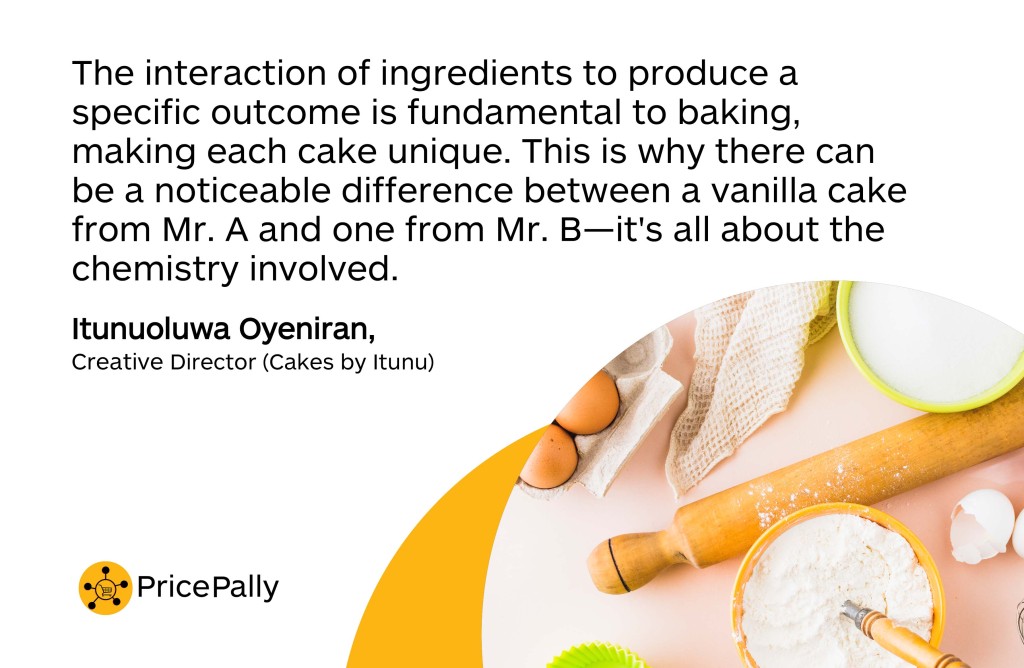
To Bake a Cake Without an Oven

You’ll need a pot with a good lid, a stove or gas cooker that can be placed on low heat. Once you’ve prepared your cake batter,
- Prep your pot by placing a grate (the round metallic item that your pot sits on) or arranging about 5 equally leveled stones inside your pot.
- Place your cake pan on the grate or pot.
- Cover the pot with brown paper before covering it with the lid.
- Light your stove or gas and set it to the lowest heat possible. The flames should be about 0.5 inches.
- Open after 30 to 45 minutes (depending on how low your heat is) to see how baked it is. From here, you can tell if you need to adjust your heat and how long you’ll need to wait for your cake to be completely baked.
When you insert a skewer or toothpick in the baked food and it comes out clean, without anything sticking to it, then your cake is well-baked and ready for consumption.
Are All Cakes the Same?
Cakes vary based on ingredients included or excluded, methods of preparation, and desirable texture. Some common cake types in Nigeria include:
Pound Cake
Pound cake is dense and rich, and is often made with a pound each of butter, sugar, eggs, and flour. Given its recipe, a bite of this cake can fill the stomach faster than normal. Pound cakes provide energy and contain protein and calcium from eggs and butter.
Chiffon Cake
Chiffon cake is light and airy, made with vegetable oil, eggs, sugar, flour, baking powder, and flavors. It’s a good pick for cake lovers also watching their fat consumption, given that it is lower in saturated fat due to the use of oil instead of butter.
Fruit Cake
Fruit cake is rich and moist, filled with dried fruits and nuts, often soaked in alcohol. It’s a staple during Nigerian festive seasons. The fruits and nuts supply vitamins, minerals, and fiber.
Regardless of the type of cake you choose to bake or eat, be mindful of how you navigate the baking process. Itunu Oyeniran recommends that you follow the recipe to the tiniest details. “Factors such as the ingredients used, their quality and quantity, their potency, and the oven temperature all play a significant role in getting the desired taste, flavor, or texture in a cake,” she says.
Where to Source Cake Ingredients
Except you’re a chef, you won’t have flour, baking powder, or vanilla extract idling in your kitchen cabinet. And while you can dive straight into the market for your purchase, you have the more convenient option of ordering online via PricePally, your convenient online food market.
With PricePally, you can purchase baking ingredients such as baking powder, butter, flour, milk, baking paper, sugar, and more via doorstep delivery in Lagos, Abuja, or Port Harcourt.
Frequently Asked Questions on Cake Baking
How Long Can a Cake Last
Cake’s durability depends on its type and storage method. At room temperature, a cake typically lasts 1-2 days, especially if it lacks perishable fillings (fresh fruits, whipped cream, or dairy-based frostings). When refrigerated, cakes can stay fresh for 5-7 days, making this method ideal for cakes with frosting or perishable ingredients.
For extended storage, freezing is effective, with cakes remaining good for up to 3 months if tightly wrapped in plastic wrap and placed in an airtight container.
How to Preserve Your Cake
To preserve your cake:
- At room temperature, keep the cake in an airtight container to maintain freshness for a short period.
- For refrigeration, wrap the cake tightly in plastic wrap and store it in an airtight container to prevent drying out.
- For freezing, wrap the cake in plastic wrap, followed by aluminium foil, and place it in a freezer-safe container. Before serving, thaw the cake in the refrigerator to ensure optimal texture and taste.
Should You Use Baking Soda or Baking Powder When Bake?
Baking soda, or sodium bicarbonate, needs an acidic ingredient like buttermilk, lemon juice, or yoghurt to activate and cause the cake to rise. It’s suitable for recipes with these acidic components (for example, brown sugar, yoghurt, or sour cream).
Baking powder, meanwhile, contains both an acid and a base, so it doesn’t require additional acidic ingredients to work. It’s used in recipes without natural acids.




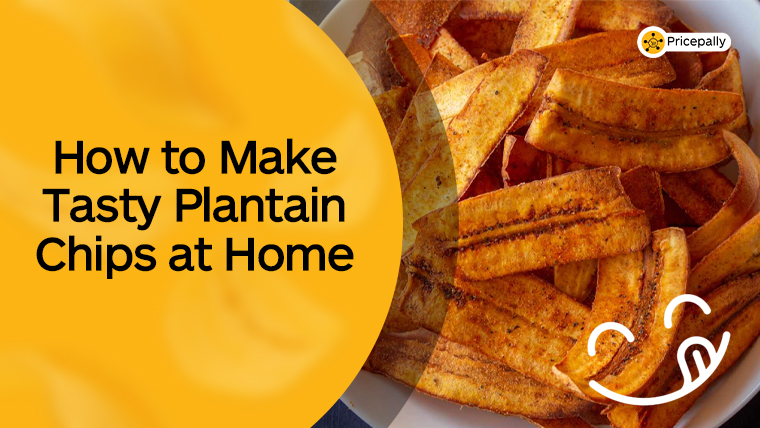
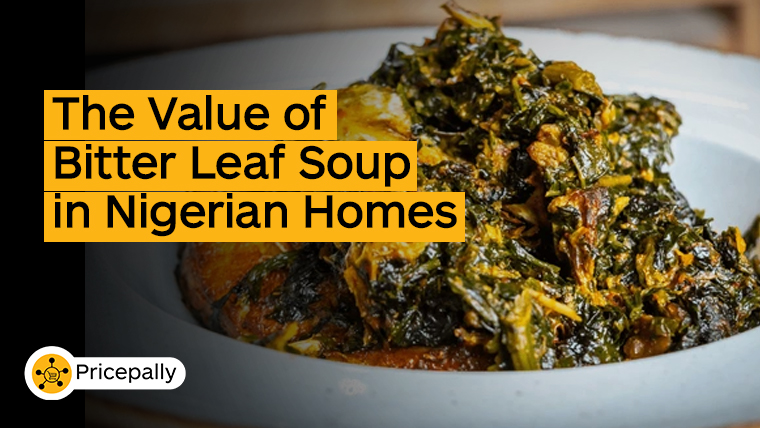


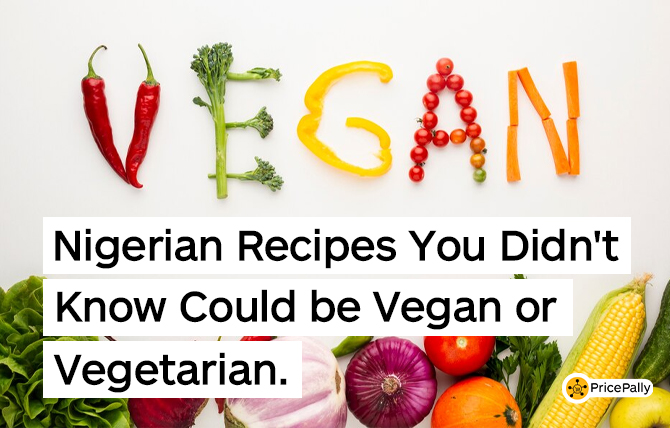
How Pricepally is reinventing Bulk buying Fresh-farm foods in Nigeria.
PRICEPALLY FOOD PRICE INDEX
WORLD EARTH DAY 2021
Will Standardized Food measurement become widely adopted in Nigeria?
Bulk Food Supply for Businesses: How PricePally’s Loyalty Rewards Program Helps You Save More and Grow
PricePally PriceLock FAQs: How to Beat December Food Inflation in Nigeria
Exploring Okro: Benefits, Meal Ideas, and Okra Water
PricePally Partners with Power Oil to Launch Health & Wellness Campaign for Nigerian Shoppers